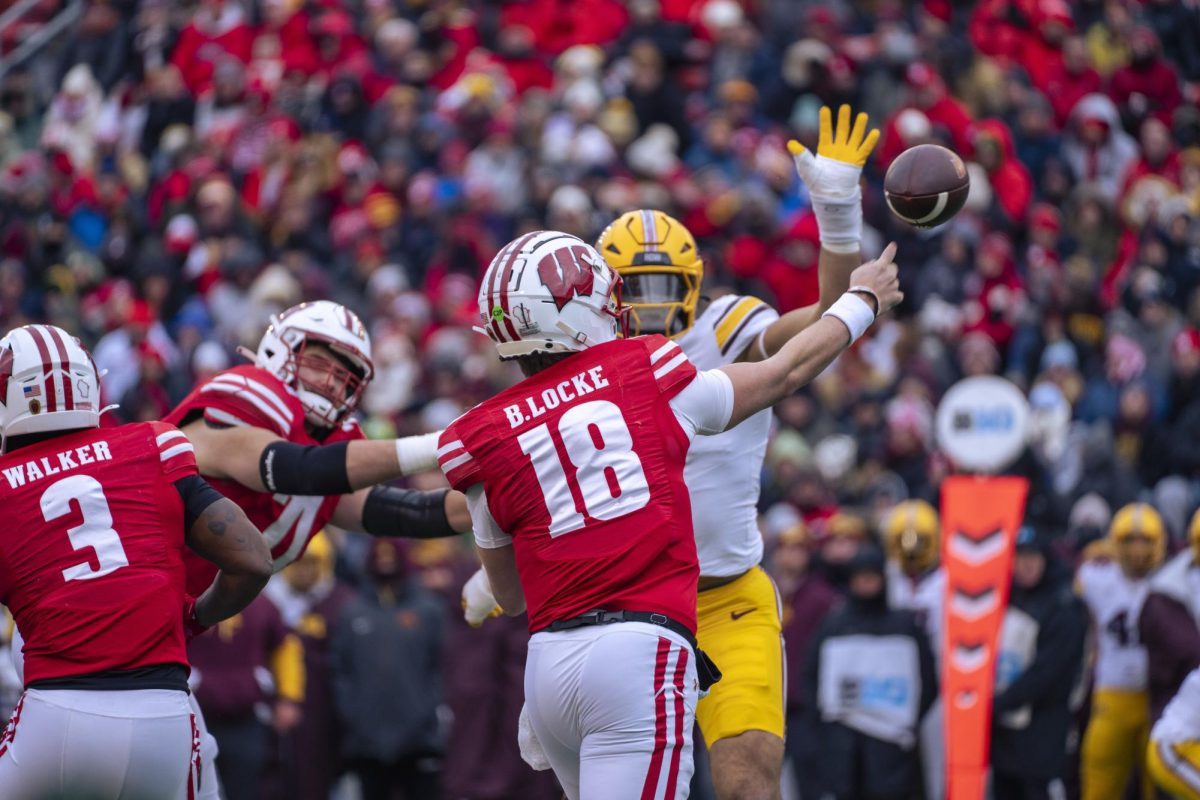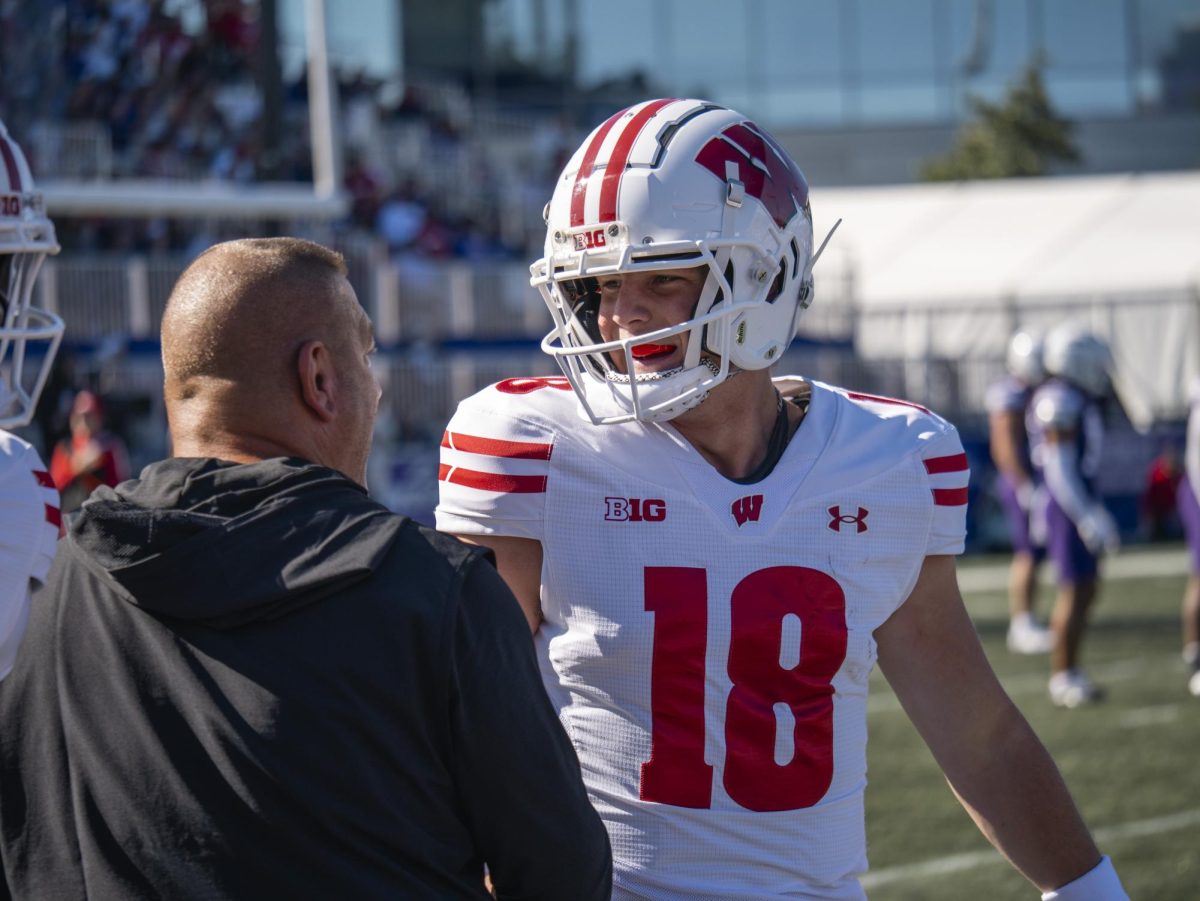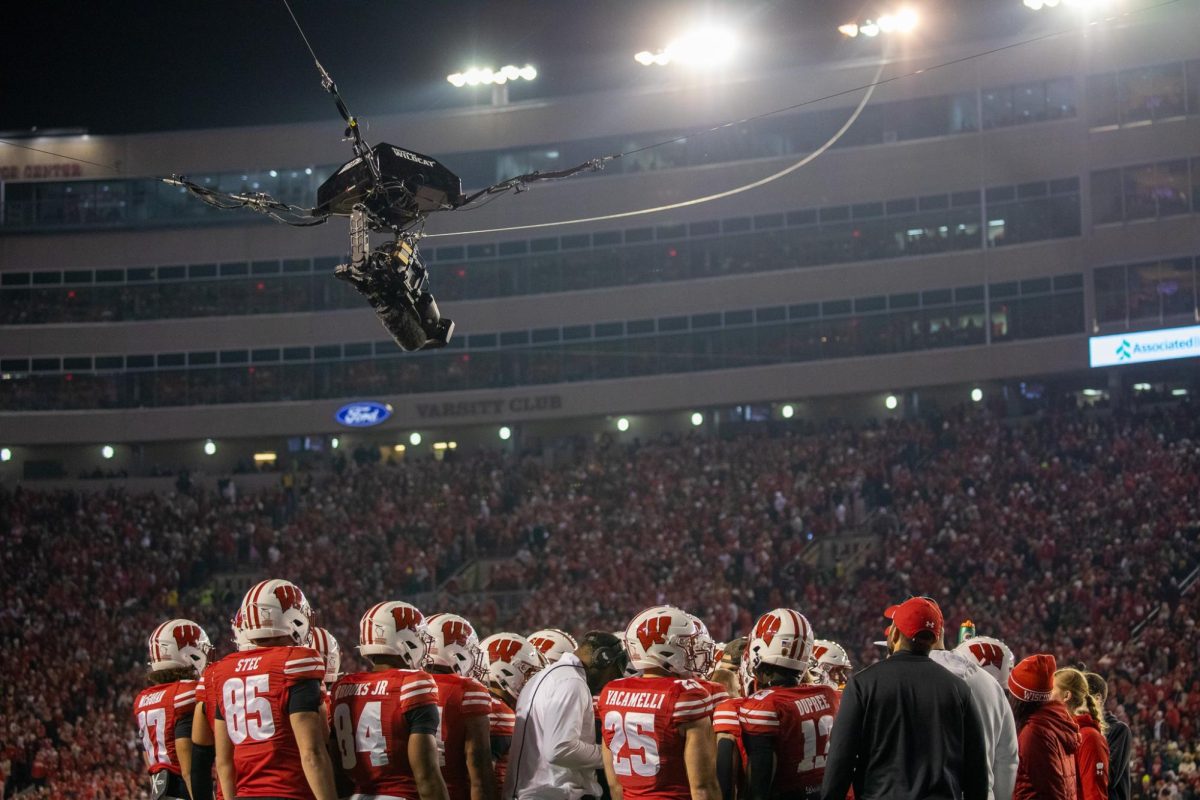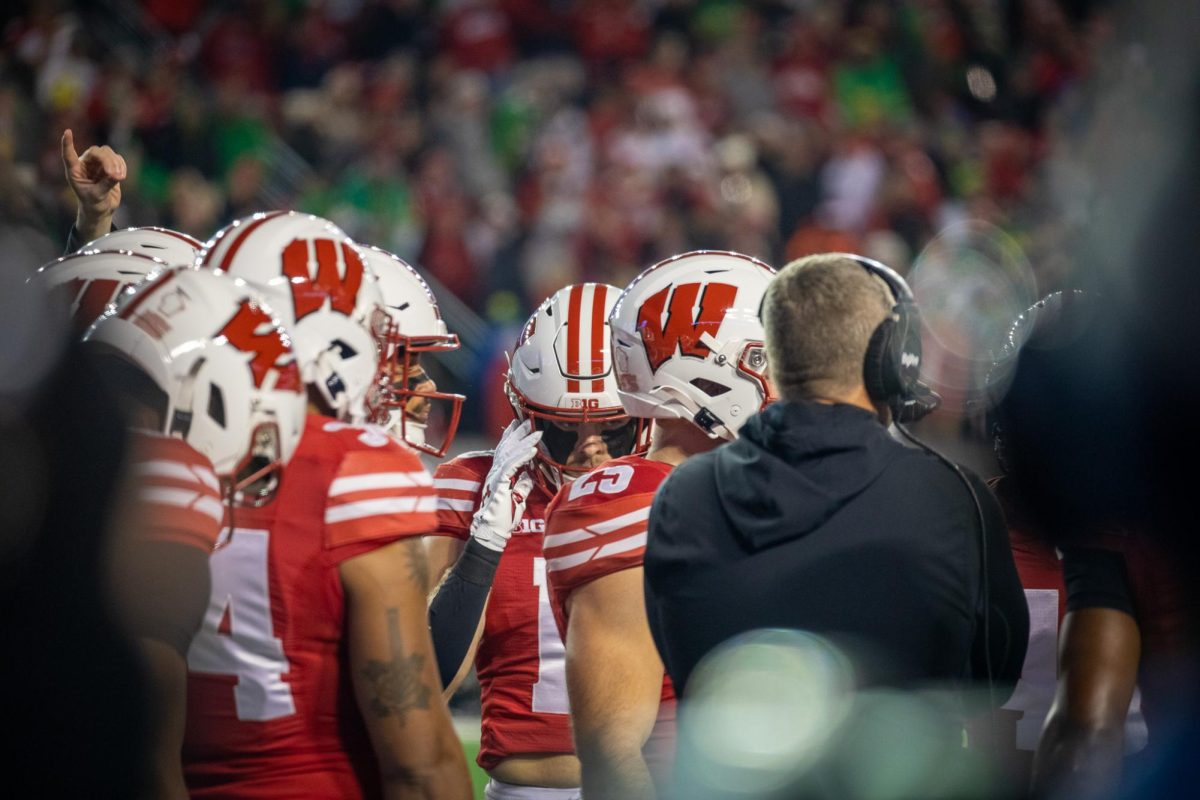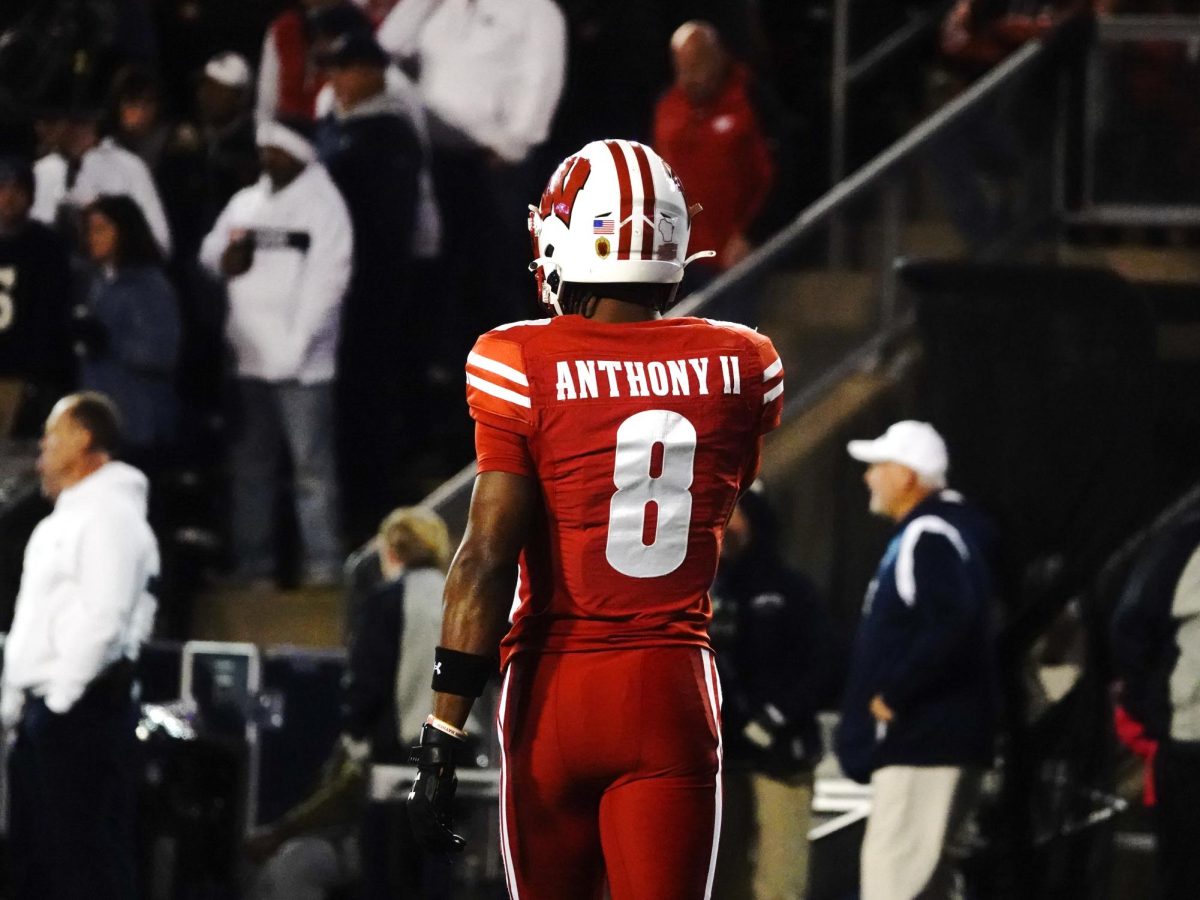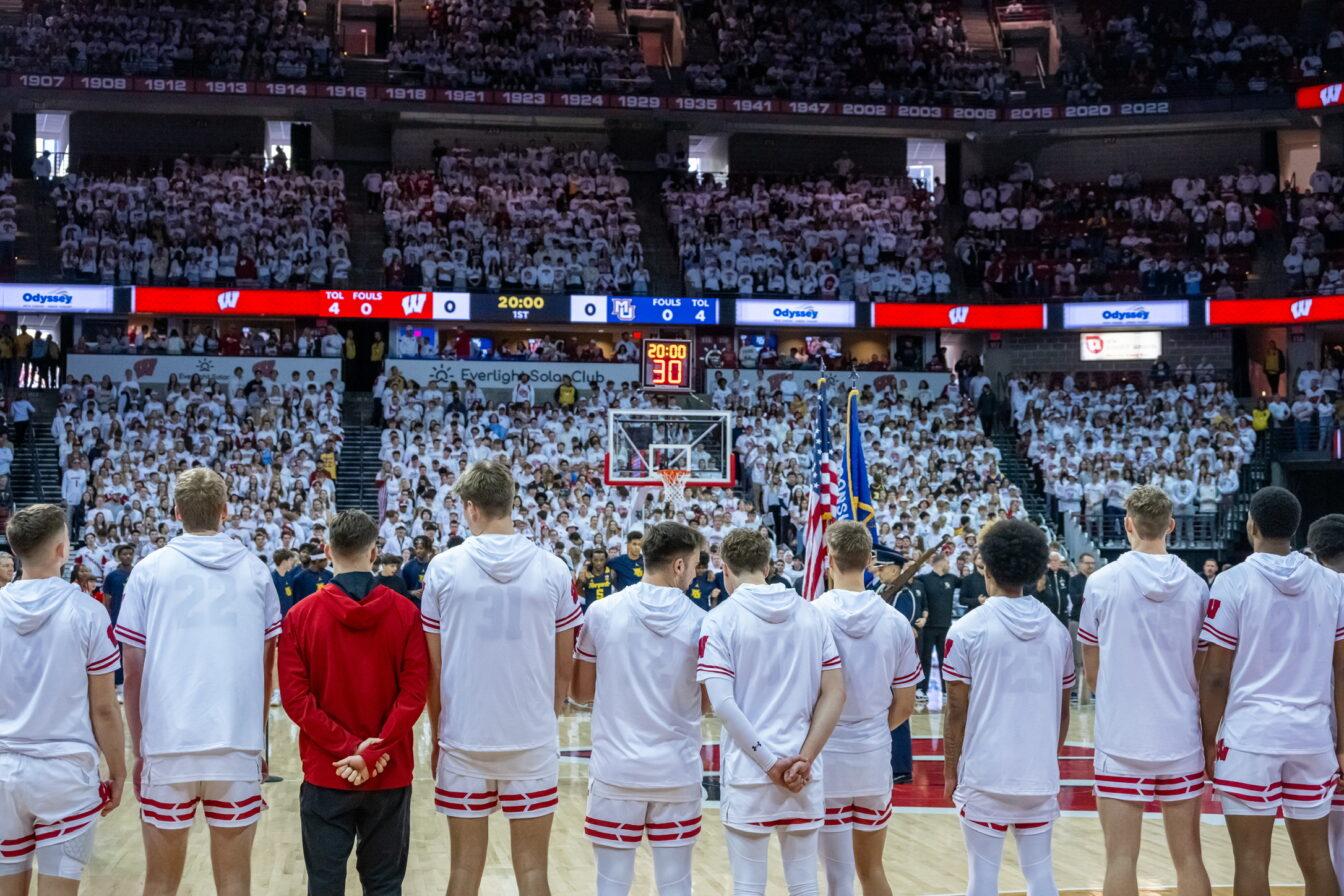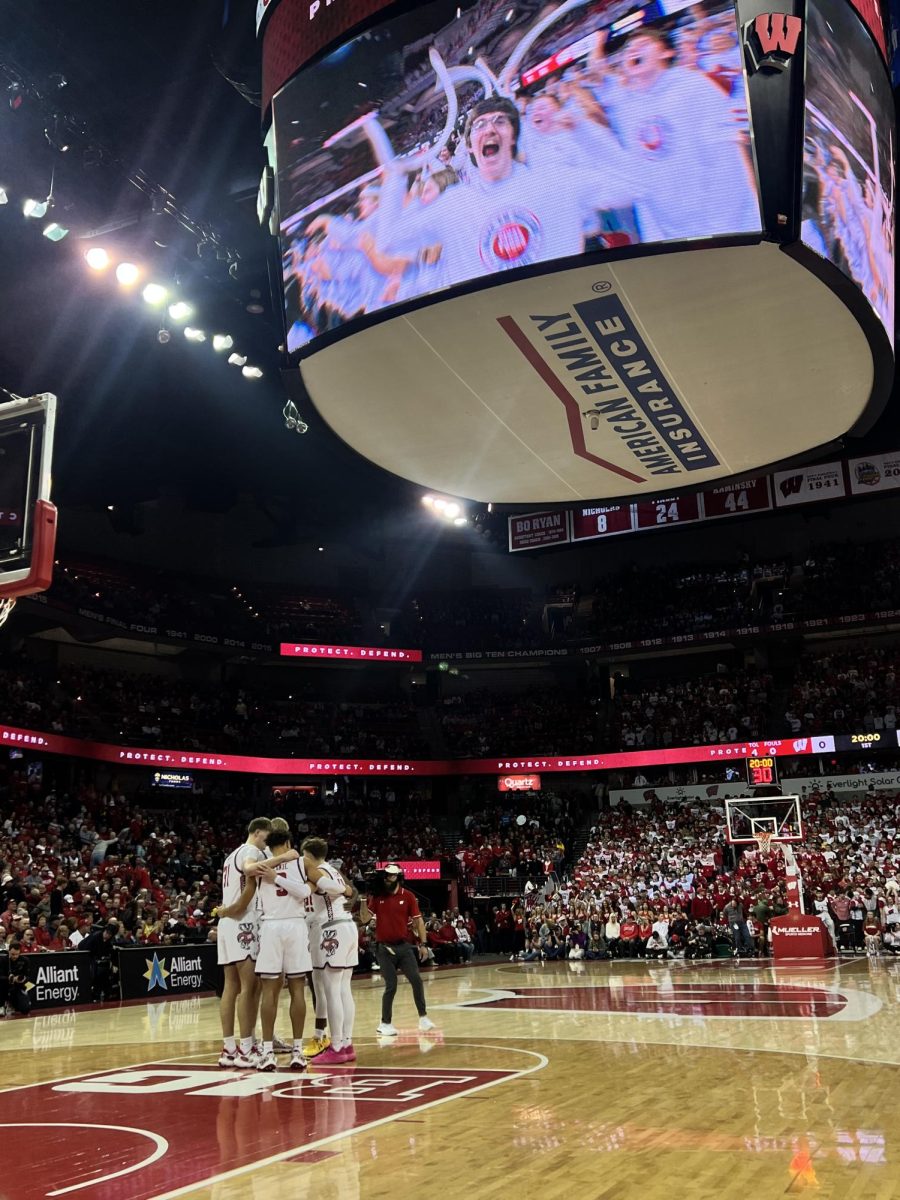The 97th Rose Bowl features two teams that, perhaps unfairly, are noted for their play on a specific side of the ball.
On one hand rests Wisconsin, which led the Big Ten in scoring offense for the second straight year. On the other, there is Texas Christian, which leads the Football Bowl Subdivision in total defense for the second consecutive year.
As much as ESPN might lead fans to believe, the game won’t boil down simply to the irresistible force of the Badgers’ offense and immovable object that is the Horned Frogs’ defense.
But it will still be a big part of it.
Both UW and TCU scored exactly 520 points on the season for an average of 43.3 per game, but the Badgers get more credit based on their late-season surge (average of 58.8 points per game over their last four) and the level of competition they played. Prior to 2010, the Badgers hadn’t scored 70 or more points in a game in the modern era. This season, they equaled or topped that mark three times, stomping Austin Peay 70-3, demolishing Indiana 83-20 and capping it off with a 70-23 thrashing of Northwestern – where they didn’t score at all in the fourth quarter.
Still, it’s not every day you play the nation’s No. 1 defense. The Horned Frogs allow just 215.4 yards per game and 11.4 points per game.
“You go in, you respect them and it’s hard not to respect them after watching film,” offensive coordinator Paul Chryst said.
Still, some teams can fall into the trap of respecting their opponents too much. The Badgers don’t buy into that though.
“I don’t think so, I mean, you give them the respect they deserve, but I don’t think you can give them too much,” senior left guard John Moffit said. “It all really comes down to preparation.”
While there’s no doubt the Badgers will face a challenge in the Horned Frogs’ defense, the matchup is not as simple as it may seem. There are aspects of this offense that have flown under the radar to those who didn’t pay close attention to UW.
Mistake-free
The Badgers are third in the nation in turnover margin at 1.17, partially fueled by their 23 takeaways. But better than any other team, Wisconsin does not give the ball away.
UW is tied with Iowa for first in FBS in turnovers lost with nine – quarterback Scott Tolzien has thrown just six interceptions and the Badgers have lost just three fumbles on the season.
“That’s, you look at the keys to every game in football and more times than not, the team that wins the turnover battle is the one that wins the game,” Tolzien said.
Don’t discount either the importance of penalties. Wisconsin is first in FBS in penalties, committing just 35 on the season for 358 yards (second in FBS).
O-line more than just big
The hyped matchup in this game is the Badger offensive line versus the Horned Frog defensive line. And the stat that seems to be thrown around most often involves size.
UW’s five starters average 6-foot-5 and 320-pounds, while the TCU defensive line averages around 6-foot-2, 260-pounds. For comparison, Wisconsin running back John Clay is listed at 6-foot-1, 248-pounds.
So while the obvious factor that jumps out is size, the Badger offensive line is not just a group of fat guys taking up space. Maybe no team in the nation pulls as much as Wisconsin, as center Peter Konz and the guards are constantly moving laterally to pick up blocks as a play develops.
Simply put, the big men aren’t just big; they’re athletic.
Examine almost any long touchdown run by a UW running back, and you’ll find anyone from Outland Trophy winner Gabe Carimi to right guard Kevin Zeitler making a key block downfield. More often than not, a Badger lineman can be seen at the end of a play, running upfield looking for another defender to block.
Between talent and drive to succeed, six Wisconsin offensive linemen were named to all-Big Ten teams. The left side of the line, featuring Carimi at tackle and Moffitt at guard, was also the left side of the Associated Press All-America first team.
“They keep getting better; they’re never satisfied,” Tolzien said of the duo. “That’s a deadly combination when you’ve got two guys with that much talent and they’ve got that will and desire to keep getting better.”
Still, the Horned Frogs feature a 4-2-5 defense with three safeties, and their defensive linemen will use more than just athleticism to try and beat the UW line.
“They don’t ever want to go against just you, they don’t want to get caught in a double team, they don’t want to take that on,” Konz said. “They want to try to confuse us, try to make sure that we know our assignments. So, they’re going to be moving a lot.”
Not just a cloud of dust
Wisconsin’s offense, while favoring the run, is not one-dimensional. Tolzien threw 16 touchdowns on the season and owned a FBS-best 74.3 percent completion percentage.
Receiver Nick Toon is a big, physical receiver who’s not only a threat in the end zone but also on quick screens. Tolzien also distributes the ball well, to Mackey Award finalist Lance Kendricks and any of the UW receivers, from David Gilreath to Jared Abbrederis.
While the stats indicate against it, should Clay gain 64 rushing yards and Montee Ball – who should start the game – pick up 136, the Badgers would be just the second team in NCAA history to feature three 1,000-yard rushers, as well as the first to have three tailbacks accomplish the feat. Wisconsin is the only team to feature three backs with at least 800 rushing yards.
While TCU will try to stop the run – the Horned Frogs allow just 89 yards on the ground per game – they will also have to respect the pass. And while teams facing UW have known what was coming, the challenge in the end was to try and stop it.
“We’re obviously going to run the ball, that’s no secret,” Gilreath said. “Then we’re going to have our play-action, I don’t think I’m giving anything away. It’s no secret; we’re going to go out there and try to pound them and go from there.”
Analysis aside, Chryst had just this to say about the hyped matchup:
“It’s our 11 versus their 11.”


